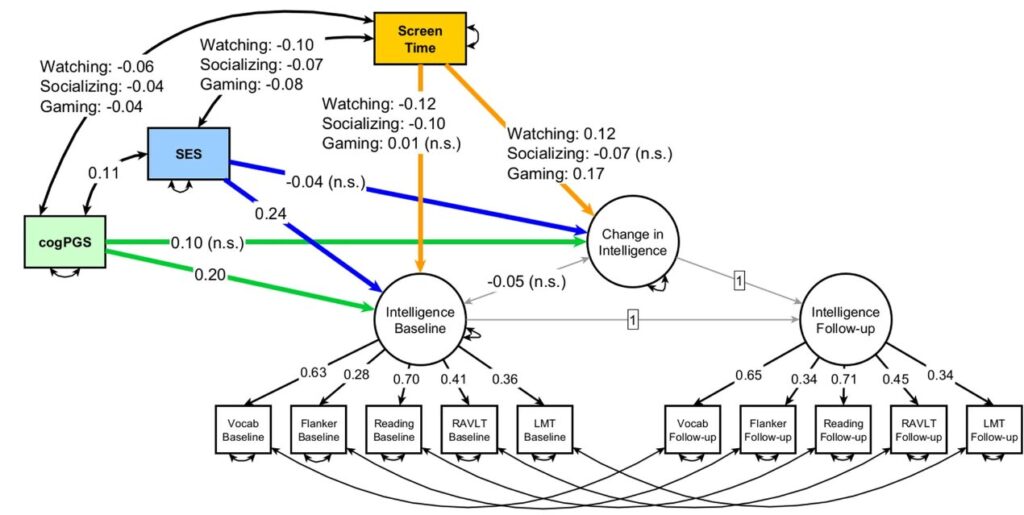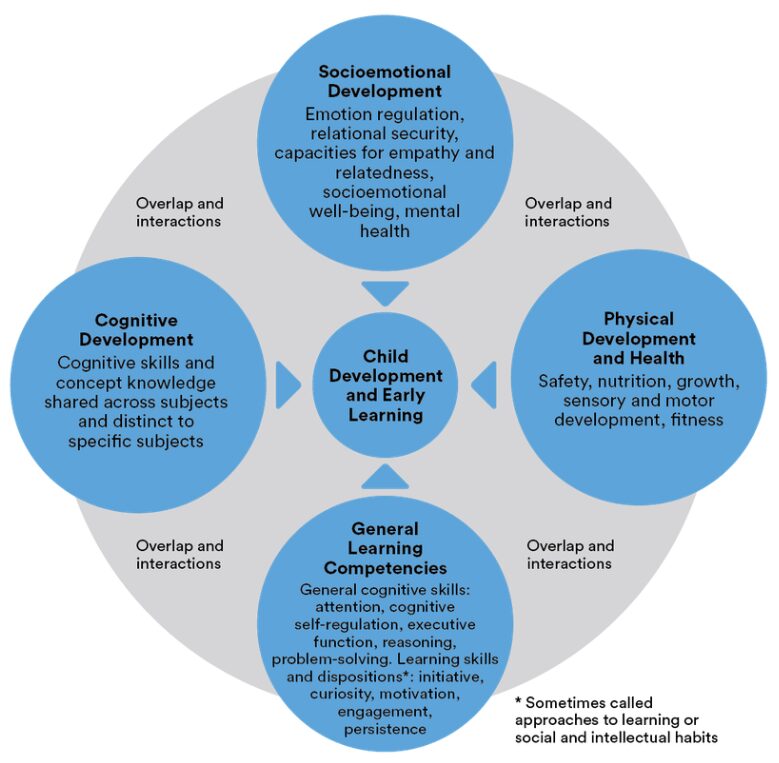The internet, a groundbreaking innovation of the late 20th century, has revolutionized communication, information access, and social interaction. With its rapid evolution, especially over the past decade, it has become an integral part of daily life. Yet, this unprecedented access to information and connectivity is not without its drawbacks. Increasingly, concerns are being raised about the adverse effects of the internet on the younger generation. Reports suggest that the easy accessibility of digital information is subtly but significantly altering the cognitive and behavioral development of young people, leading to diminished reading abilities, compromised learning, and a shift in writing skills. This article explores these issues in depth, examining the neurological, educational, and societal implications of our digital age.

The Cognitive Impact of Constant Connectivity
1. Cognitive Overload and Reduced Attention Span
The constant barrage of notifications, social media updates, and instant messages has led to a phenomenon known as cognitive overload. Cognitive overload occurs when the volume of information and stimuli exceeds an individual’s capacity to process it effectively. Research indicates that younger generations are particularly susceptible to this phenomenon due to their high engagement with digital media.
One notable consequence is the reduction in attention span. Studies have shown that the average attention span has declined from 12 seconds in 2000 to 8 seconds in 2015, a decline attributed in part to the fragmented nature of internet interactions. The ease of accessing snippets of information online has created a preference for brief, easily digestible content over more extended, deep reading. This shift is reflected in educational settings where students struggle to maintain focus during lengthy readings or complex tasks.
2. Neuroplasticity and Cognitive Adaptation
Neuroplasticity refers to the brain’s ability to reorganize itself by forming new neural connections throughout life. While neuroplasticity allows for adaptability, it also means that constant digital interactions can significantly reshape cognitive processes. Research by Dr. Maryanne Wolf, author of “Reader, Come Home,” suggests that the brain’s reading circuits are under strain due to the superficial scanning of text, as opposed to deep, reflective reading. This superficial reading can weaken the ability to engage in critical thinking and deep comprehension, crucial skills for academic and professional success.
3. Memory Retention and Information Processing
The internet’s capacity to provide instant answers has led to a phenomenon known as “Google effect” or “digital amnesia,” where individuals rely on external sources for information rather than internal memory. This reliance can diminish memory retention and the ability to recall information without digital aids. Research indicates that when people believe they can easily access information online, they are less likely to commit it to memory. This trend is concerning for educational outcomes, as students may prioritize finding information quickly over deeply understanding and retaining it.
Educational Implications
1. The Shift from Deep Learning to Surface Learning
The accessibility of digital content has contributed to a shift from deep learning to surface learning. Deep learning involves a thorough understanding of material and the ability to apply knowledge creatively, while surface learning focuses on memorization and rote recall. With the internet providing quick answers and summaries, students may focus more on obtaining immediate information rather than engaging in meaningful analysis and synthesis of knowledge.
This shift is particularly evident in academic writing. Many students now rely on digital tools for grammar and style corrections, rather than developing their own writing skills. This reliance on technology can lead to a lack of proficiency in structuring arguments, critical thinking, and developing a coherent narrative.
2. The Erosion of Critical Reading Skills
Critical reading, which involves analyzing, evaluating, and interpreting texts, is another area affected by the internet’s influence. The prevalence of hyperlinked content and multimedia can detract from the ability to engage deeply with text. When students skim through online articles and posts, they may miss nuances and complexities that are crucial for critical reading. This erosion of critical reading skills impacts academic performance and the ability to engage with complex texts in various fields.
3. The Impact on Research Skills
The internet’s convenience has transformed research methodologies. Traditional research methods, which involved extensive library searches, reading primary sources, and synthesizing information from multiple references, are increasingly replaced by quick online searches and reliance on readily available summaries. While this approach saves time, it can lead to superficial research practices and a lack of thorough investigation. Students may develop a habit of using readily available sources without critically evaluating their credibility or accuracy.

Behavioral Changes and Social Implications
1. The Influence of Social Media on Behavior
Social media platforms have become central to the daily lives of younger generations, shaping their behavior, self-perception, and social interactions. The instant gratification provided by likes, comments, and shares can foster a culture of immediate feedback and validation. This environment can lead to a focus on quantity over quality in interactions and a reduced capacity for meaningful, face-to-face communication.
Additionally, the constant comparison to curated online personas can impact self-esteem and mental health. Research has linked excessive social media use to increased feelings of inadequacy, anxiety, and depression among young people. These behavioral changes can affect academic performance and overall well-being.
2. The Decline in Face-to-Face Communication Skills
The preference for digital communication over face-to-face interactions has implications for social skills development. Young people who predominantly communicate through screens may struggle with non-verbal cues, empathy, and interpersonal skills. These deficiencies can impact their ability to navigate complex social situations and form meaningful relationships, both personally and professionally.
3. The Impact on Creativity and Problem-Solving
While the internet offers vast resources, it can also stifle creativity and problem-solving abilities. The abundance of pre-existing content and solutions can lead to a reliance on existing ideas rather than original thinking. The ease of finding ready-made answers can reduce opportunities for critical problem-solving and creative experimentation. Encouraging young people to engage in independent thinking and exploration is crucial for fostering creativity and innovation.
In closing, the internet’s influence on the younger generation is profound and multifaceted. While digital accessibility has democratized information and enhanced connectivity, it has also introduced challenges that affect cognitive development, educational outcomes, and behavioral norms. As we navigate this digital age, it is essential to recognize and address these unintended consequences. Promoting balanced digital use, encouraging deep reading and critical thinking, and fostering face-to-face communication are crucial steps toward mitigating the negative impacts of the internet. By understanding and addressing these challenges, we can better support the cognitive and behavioral development of future generations in an increasingly digital world.








